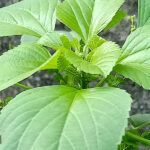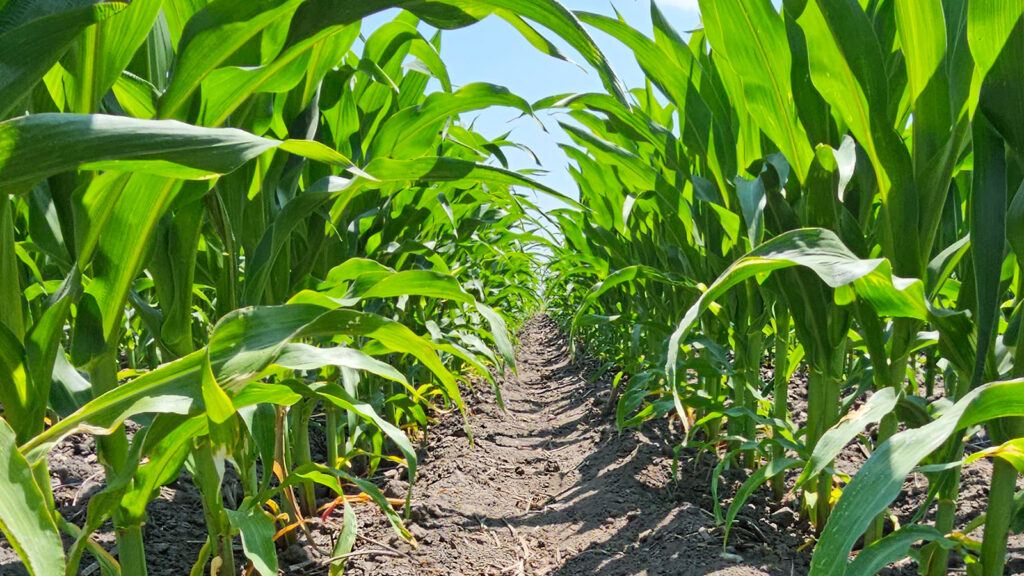Tips to Time Planting for High Yield and Crop Performance
Growers have many resources to create strong yield opportunity when planting conditions don’t fall on the ideal calendar dates.

Knowing when to plant feels more akin to roulette than science in the face of unpredictable climate patterns.
When farmers decide to plant profoundly affects the rest of their growing season. Everything — from fertilizer applications to pest and disease pressures, from irrigation schedules to harvest, all the way into storage and sale — depends on planting date.
One crop’s schedule can affect those of other crops. Delayed planting dates for a particular crop can put growers who produce multiple commodities behind the 8-Ball for the rest of the season. If an Idaho grower, for example, is forced to delay planting winter wheat, harvesting that wheat may bump up against his scheduled start to potato harvest, stretching thin such fundamental resources as equipment, manpower and, perhaps most crucially, time.
Those variables are on the mind of growers of every crop as planting time nears. Do you plant early to achieve higher yields? Do you hold off to avoid potential disaster like freeze or flood? It’s tough to find that sweet spot, but collecting information helps.
“The best way to determine your planting date is to look at historic weather data and to take into consideration hybrid and variety selection,” says Jami Loecker, a Manhattan, Kansas-based agronomy service manager for Syngenta. Loecker works with producers growing a variety of crops, including corn, soybean, sorghum, wheat, potatoes and sugarbeets — giving her regular firsthand looks at the consequences of myriad planting decisions.
After considering that data, Loecker says that growers need to take an honest look at their operations and determine which worst-case scenarios they can accept as consequences of planting either too early or too late.
The best way to determine your planting date is to look at historic weather data and to take into consideration hybrid and variety selection.
Planting Cotton in the Southeast
Planting considerations vary by crop and geographic area. Take cotton in North Carolina, where planting typically takes place throughout the month of May.
Guy Collins, an extension cotton specialist with North Carolina State University, advises growers across the state. He says that for cotton, there is no more important indicator in most years than air temperature. Collins’ rule of thumb is that growers need to see a total of 50 “heat units” in the five days leading up to planting. Growers calculate a day’s heat unit measurement by adding the daily high temperature in degrees Fahrenheit to the daily low, dividing that number by two, and then subtracting 60. For example, a day with a high of 70 and a low of 50 would have zero heat units; a high of 80 and a low of 60 has 10 heat units.
“Five days in a row with an average of 10 heat units a day is the ideal planting condition for cotton,” Collins says. “But there are many, many times where conditions aren’t ideal. Those first couple days, you’re at the highest risk of chilling the cotton and killing the seed, so growers need to be aware and cautious.”
To aid growers, NC State Extension developed a planting conditions calculator for cotton (available at products.climate.ncsu.edu/ag/cotton-planting). The site uses Google Earth and National Weather Service forecasts to calculate planting conditions on a particular day in a location as precise as a specific field. While the calculator is specifically designed for cotton, Collins says the data can be used to calculate for multiple crops.
Corn Belt Considerations
Throughout most of the Corn Belt, conventional wisdom states that the best window for planting corn appears for about a month, from mid-April to mid-May. The perfect date, of course, depends on several factors, including latitude, soil moisture, soil temperature, air temperature, and final market. These circumstances sometimes contradict one another, further complicating the decision-making process.
“It is possible for early-planted corn in one year to yield more than, less than or equal to later-planted corn in another year, depending on the exact combination of yield-influencing factors for each year,” says Bob Nielsen, a corn specialist and professor of agronomy with Purdue University Extension. “Farmers know this to be true because many have had late-planted crops in recent years yield better than any crop they have ever had because the remainder of the growing season was extremely favorable for crop growth and development.”
In an April 2022 article titled “The Planting Date Conundrum for Corn,” Nielsen notes that most corn agronomists will preach the importance of timely planting, even if data strongly suggest that planting date accounts for a mere 10% of the variability in year-to-year yields. With his state’s (Indiana) corn planting largely delayed by about two weeks in 2022 due to unusually wet weather, Nielsen cautioned growers not to panic:
“Let’s not succumb quite yet to fearmongering triggered by the delayed start of planting the 2022 corn crop,” he wrote. “‘Mudding in a crop early to avoid planting late will almost always end up being an unwise decision.”
Shifting Schedules
So, what are some best practices growers should follow when planting in less-than-ideal conditions? According to Loecker:
- “Growers should not panic and make drastic changes due to slight delays.”
- “They should consult trusted agronomists to verify whether any changes in their plan based on planting date are necessary.”
- “Always plan for a successful crop regardless of planting date — even if you don’t get what you think is a perfect start, provide the crop with the best chance to perform under whatever circumstances it’s placed under.”
Most producers agree with Loecker’s point that no growing season is ever perfect. But when things start going south, a lot of folks’ first instinct is to rush to fix the problem — a human tendency that lends itself to overcorrection.
That’s exactly why having a plan B (and plans C, D and E) long beforehand is so important. A changed planting schedule alters other factors throughout the growing season, and the most successful growers are ready for any eventuality. “If initial schedules significantly shift, growers may consider altering their hybrid or variety maturity. In the worst cases, it might even be necessary to switch to a different crop altogether,” Loecker says. “They should also consider how pest pressures will change with a later-planted crop.”
Loecker also recommends utilizing available digital tools like Syngenta’s Cropwise™ Financials. “As we implement more precision technology — achieving more accuracy regarding planting depth, plant spacing and nutritional needs — the less issues we will see compounded by planting date,” she says. “Additionally, Cropwise Financials makes it simple for a grower to create and modify a plan as needed once the season gets into motion.”
Collins adds that while everyone expects a normal year, there is no such thing.
“But if growers are timely on management of disease and pest threats throughout the rest of the year, they will usually come out of it okay after a late planting,” he says.
In a nutshell, experienced agronomists encourage growers and their consultants to trust themselves and each other to do their own due diligence and make the right call. You may not be right every single time, Collins says, but no one is better equipped to make decisions about your crops and land than you.
- Weather is the most important consideration when setting a planting schedule.
- Attentive management later in the season can offset less-than-ideal conditions at planting time.
- Growers should have backup plans in case conditions change.























